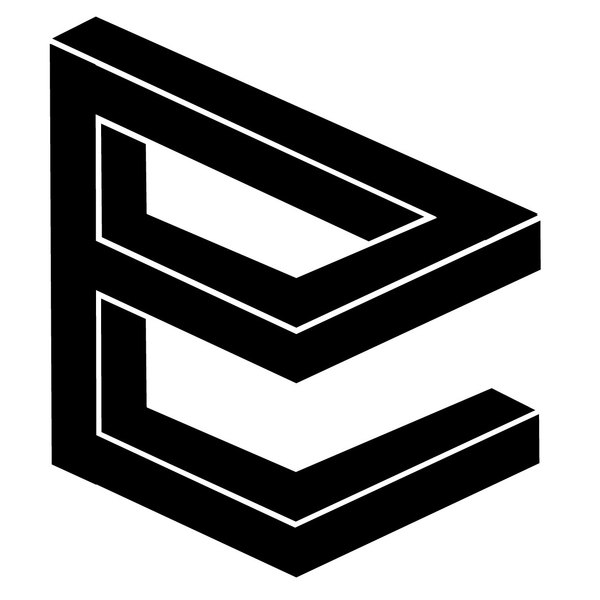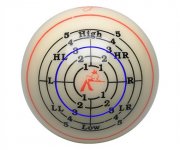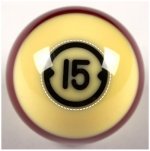How do you guys ever make a ball with all this s&*t bouncin' around in your dome? Wow.
Lol. I don't. None of this stuff is bouncing around in my head. I do a lot of thinking about the game though when I'm not actually at a table playing. During the day I come up with some pretty nifty things to try when I get home to my table. I'll share some sometime.



